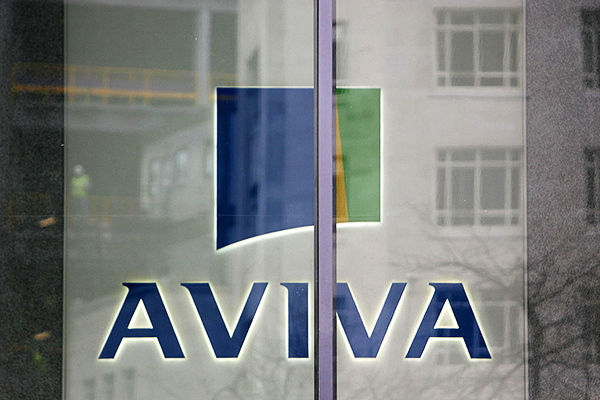City pair issue new Aviva share price targets
Following recent well-received results, City writer Graeme Evans looks at what experts in the Square Mile have to say about this highly rated insurance stock.
19th August 2025 13:55
by Graeme Evans from interactive investor

A new way of thinking about Aviva (LSE:AV.) will be among the messages for investors when the popular income stock sets out targets for the first time since its Direct Line takeover.
The deal means a greater proportion of profit from property and casualty insurance, ensuring that Aviva is increasingly considered a European composite insurer rather than a UK life stock.
- Invest with ii: Top UK Shares | Share Tips & Ideas | Open a Trading Account
Bank of America said it expects that Aviva will refresh its targets to more closely align to its new peer group when the FTSE 100 company delivers a presentation to the City on 13 November.
It said the switch was important given that European composites such as Zurich Insurance Group AG (SIX:ZURN), AXA SA (EURONEXT:CS) and Allianz SE (XETRA:ALV) currently trade on higher price/earnings ratios and lower dividend yields than UK life stocks.
Aviva’s current dividend policy is for mid-single-digits annual growth in the dividend cost, which was topped up at last week’s results by an additional 5% from the acquisition of Direct Line.
The company also conducted £300 million a year of buybacks prior to the acquisition and has stated a plan to reintroduce buybacks in 2026.
- Stockwatch: onwards and upwards for L&G, Aviva and Admiral?
- Aviva going from strength to strength with profit rise and dividend hike
The bank thinks this policy will be revised in November as all of Aviva’s European composite peers have a dividend policy linked to an earnings per share (EPS) payout ratio.
It thinks Aviva may aim for a circa two-thirds payout of operating profit as its dividend policy.
The bank added: “This would be higher than some European peers (other than Zurich) but it would fit with a bias for UK income investors for dividends and a smoother path from Aviva’s current dividend level.”
Share buybacks of between £400 million and £500 million are seen topping up the overall Aviva payout ratio to the 80s% range in all years of the 2026-28 forecasting period.
The bank adds that the integration of Direct Line will turbocharge Aviva’s EPS growth in the coming years, which is currently at a forecast 11% compound growth rate 2025-27.
It believes this should make it attractive versus composite peers, which trade at a premium multiple to Aviva.
- Sector Screener: stock could be poised for more index outperformance
- Stockwatch: potential for more special dividends here
The bank lifted its price target to 710p, which compares with today’s level of 664p. It said: “Aviva has been transformed by the acquisition of Direct Line, which we expect to be highlighted by a new set of targets in November.
“The ‘old’ Aviva story was brought to a close with a strong first-half update, which comfortably beat expectations though it may have little follow-through to our forecasts.”
Counterparts at UBS also expect a new-look Aviva to target a payout ratio in the region of 80% of earnings, split 15% share buyback and 65% dividend. This takes the all-in yield to 8% on a one-year forward basis, above the 7% or below of the composites.
The bank lifted its price target to 740p following the interim results, boosted by an indication from Aviva that Direct Line achieved flat premium growth over the first half at £1.8 billion and a net insurance margin of 9.4%. This compared to UBS expectations of less than £1.5 billion.
On 13 November, UBS expects an upgrade to Aviva’s Direct Line cost-saving target from £125 million to £220 million and capital synergies of more than £500 million from the integration.
It forecasts an earnings per share compound growth of rate of 17% for 2026-29, driven by the expected upgraded cost savings.
These articles are provided for information purposes only. Occasionally, an opinion about whether to buy or sell a specific investment may be provided by third parties. The content is not intended to be a personal recommendation to buy or sell any financial instrument or product, or to adopt any investment strategy as it is not provided based on an assessment of your investing knowledge and experience, your financial situation or your investment objectives. The value of your investments, and the income derived from them, may go down as well as up. You may not get back all the money that you invest. The investments referred to in this article may not be suitable for all investors, and if in doubt, an investor should seek advice from a qualified investment adviser.
Full performance can be found on the company or index summary page on the interactive investor website. Simply click on the company's or index name highlighted in the article.